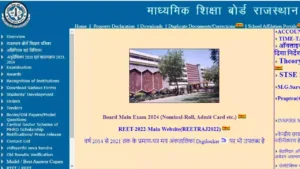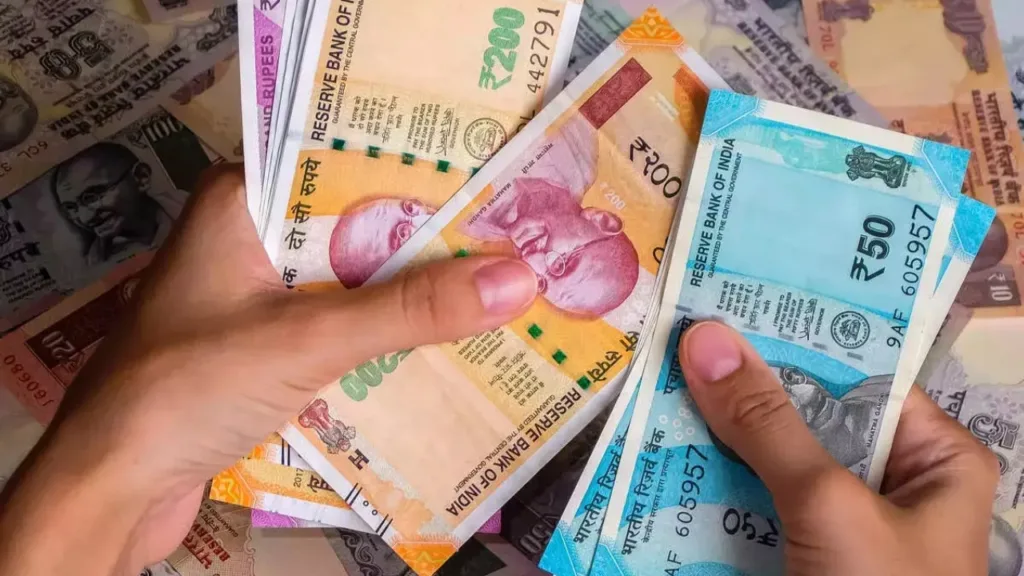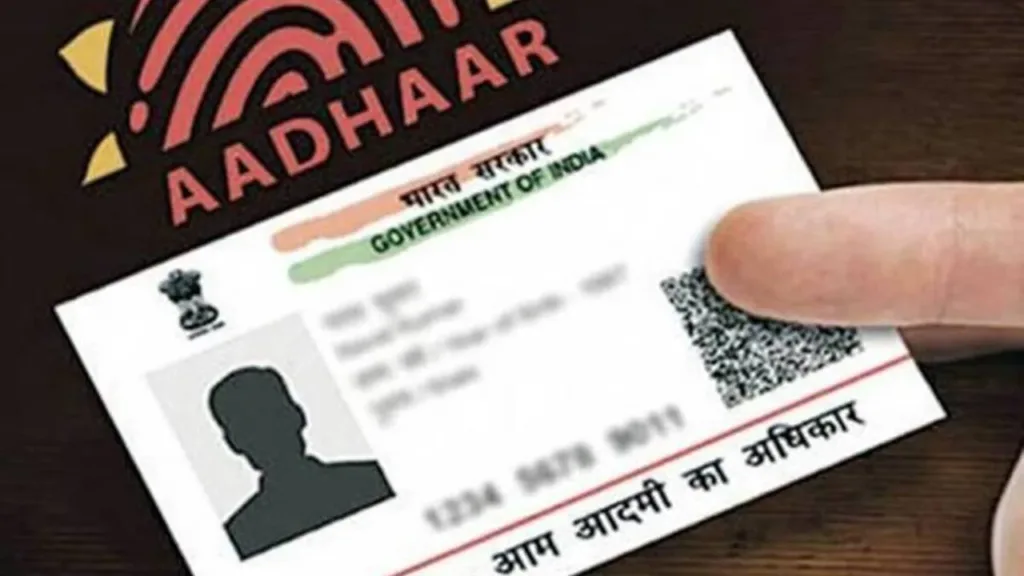For centuries, the caste system in India has dictated social hierarchies and influenced every aspect of life, including marriage. Marriages traditionally occurred within castes, creating social boundaries and limiting personal choices. To break down these barriers and promote social integration, several Indian states have implemented Inter-Caste Marriage Schemes. Let’s delve deeper into these schemes, their objectives, and their impact on Indian society.
Understanding the Why: The Need for Inter-Caste Marriage Schemes
The caste system can restrict love and opportunity. Marriages within castes can limit social mobility and perpetuate stereotypes. Inter-caste marriages, on the other hand, offer a chance to challenge these notions. Here’s why these schemes are important:
- Promoting Social Harmony: By encouraging inter-caste marriages, the government aims to create a more inclusive society where people from different backgrounds can interact and build relationships. This fosters understanding and reduces social tensions.
- Empowering Individuals: The schemes empower individuals to choose their partners based on love and compatibility, rather than societal pressures. This promotes individual freedom and challenges the idea of pre-determined destinies based on caste.
- Breaking Stereotypes: Inter-caste marriages challenge the rigid boundaries of the caste system. As families from different castes come together, it weakens stereotypes and prejudices associated with each caste.
The Mechanics: How Do These Schemes Work?
The specifics of Inter-Caste Marriage Schemes vary across different states. However, here’s a general outline of how they function:
- Eligibility: Typically, one spouse must belong to a Scheduled Caste (SC) or Scheduled Tribe (ST) community, which are historically disadvantaged groups. Some schemes might have additional criteria like income limits or residency requirements.
- Financial Incentives: The schemes offer financial assistance to couples who choose to marry outside their caste. This financial aid can help couples overcome initial hurdles like wedding expenses or societal disapproval from families.
- Application Process: Couples need to register their marriage and submit the required documents to the designated government department. The process can be relatively simple, with most states offering online applications for ease of access.
Here are some examples of existing schemes:
- Dr. Ambedkar Scheme for Social Integration through Inter-Caste Marriages: This central government scheme offers a financial incentive of Rs. 2.5 lakh to eligible couples.
- Inter-Caste Marriage Scheme (Himachal Pradesh): This scheme provides Rs. 75,000 to couples where one partner belongs to an SC and the other doesn’t.
The Impact: Are These Schemes Effective?
The effectiveness of these schemes is a topic of debate. Here’s a balanced view:
- Positives: The schemes have certainly encouraged some inter-caste marriages. They offer financial security and send a strong message of social acceptance. They also raise awareness about the issue of caste discrimination.
- Challenges: The number of beneficiaries remains relatively low compared to the overall number of marriages in India. Social stigma and family pressure can still be significant deterrents. Additionally, the financial incentive might be seen as a transactional benefit rather than a true promotion of social change.
The Road Ahead: Moving Beyond Incentives
While Inter-Caste Marriage Schemes are a positive step, promoting social change requires a multi-pronged approach:
- Social Awareness Campaigns: There’s a need for campaigns that celebrate diversity and challenge caste prejudices. Educational programs in schools and communities can promote understanding and acceptance.
- Economic Empowerment: Uplifting the socio-economic status of disadvantaged communities can reduce dependence on caste-based identification. This will empower individuals to make choices based on personal preference rather than economic needs.
- Community Support: Creating a support system for inter-caste couples can help them navigate societal pressures and build strong relationships.
Inter-Caste Marriage Schemes are a crucial step towards a more inclusive India. However, long-term social change requires a holistic approach that addresses the root causes of caste discrimination. By fostering social awareness, economic empowerment, and community support, we can build a society where love and compatibility, not caste, dictate who we marry.














